Lists











10 Books, 1 Author
to read
Sort by:
Recent Desc
stuff i gotta read or reread
More lists by Laurits

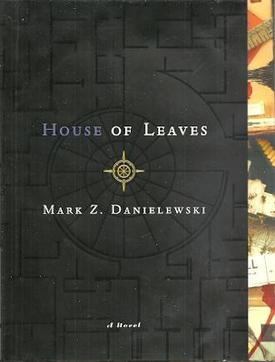

this house
Anatomy
September 2023
0
@Loptr



for later
stuff for later
October 2022
0
@Loptr

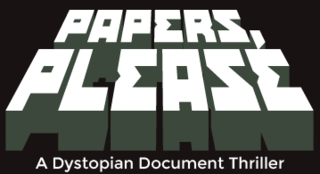

alienating workplace
List includes: The Stanley Parable, Papers, Please, Severance
October 2022
0
@Loptr


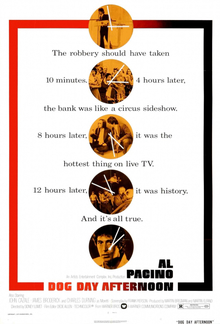
thanks a lot, capitalism
stories where, actually, the bad guy clearly is capitalism
October 2022
2
@Loptr



Solarpunk!!!
about solarpunk / farming / nature
July 2022
0
@Loptr
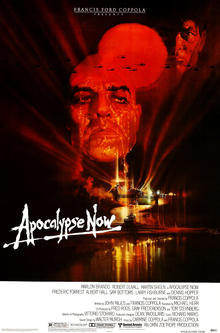
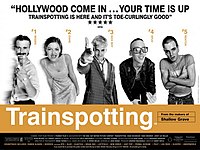

need to rewatch
can't remember if i like that or not!
July 2022
0
@Loptr

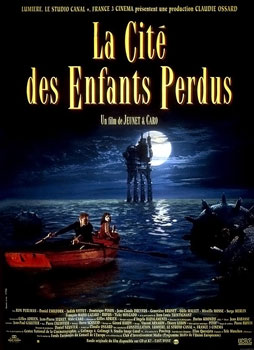

french movies that you need to watch
merci à Jeunet et Caro pour leur travail sans pareil
May 2022
0
@Loptr



watchlist
things i need to watch
April 2022
0
@Loptr



save her, save the world
List includes: The Fifth Element, Heroes, The Last of Us
July 2021
0
@Loptr